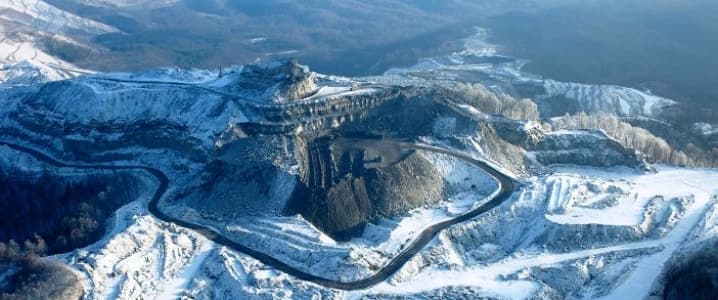The coal industry may be dying, but the skeletons left behind in the form of abandoned mines can provide new life. The water left behind by the once industrious business is planned to be used by the state of Virginia, in the development of pumped storage hydroelectric power plants.
However, this particular strategy to source water has been receiving some criticism. The bill to support the building of the power plants received nearly unanimous support in both the state Senate and the House of Delegates. However, researchers, coal reclamation experts, and renewable energy advocates alike have voiced concerns, citing that the idea is yet to be proven. Pumped storage facilities do exist elsewhere in Virginia, but using water from abandoned coal mines is an innovation yet to be tested anywhere in the world.
The proposed locations for the new mines are seven counties in the western end of the state. These counties have had many coal mines close recently, and the local economies have suffered as a result. Tax revenues from the mines were used to fund public schools and other government services.
The pumped hydro plants work by utilizing excess energy – usually intermittent energy from fluctuating renewable energy sources – to pump water uphill, where it is stored at higher elevations in a lake or reservoir. When demand for energy spikes, the water is allowed to flow downhill into a reservoir at a lower elevation, and the energy is recaptured using turbines. Related: Clean Energy Can Bring $10 Trillion Annual Benefits By 2050
These types of facilities are in use around the world. Minnesota is similarly attempting to breathe life into abandoned infrastructure, but in the form of abandoned iron pits. However, assessments have revealed that the presence of iron and water oxidation threatens potential operations at that location. Similar concerns have been raised with regards to the Virginia plan – critics continue to say that the coalfield region needs to be more geologically stable for these power plants to work.
Some experts are hopeful, looking at the relatively low level of iron found in the coalmines as support for the project. Moreover, a similar pumped hydro project in Southern California has been recently licensed, and if all goes smoothly there, it would provide a worthy precedent for supporters of the Virginian counterpart.
This proposal is being looked at in conjunction with plans to build wind farms in Virginia – these types of storage systems are the battery component necessary to make renewable energy sources feasible. This concern is especially relevant as we approach the summer months where demand for electricity skyrockets, and with an ever-increasing appetite for new renewable energy in Virginia. Indeed, the largest pumped-storage facility in the world happens to be in Virginia, in operation since the 1980s. Related: Can NYC Reach Its Renewable Energy Storage Goals?
Unlike any other types of power plants, pumped hydro plants are free from many of the rules, regulations, and license requirements that traditionally govern the establishment and building process. But despite these benefits that come from the language of the bills in question, the companies that would build these facilities would not do so without extensive research. The biggest issue, then, is cost. A recent series of studies concluded that a 100-MW pumped storage facility would cost approximately $120 million.
The benefits are attractive, however. Hundreds of jobs would be created at the construction site of each new facility, new sources of tax revenue would be found for local economies, and the transition to renewable energy becomes much easier for the state legislative body.
By Michael McDonald of Oilprice.com
ADVERTISEMENT
More Top Reads From Oilprice.com:
- Can Renewables Save These Downed Energy Giants?
- Saudi Arabia Tries To Reassure Markets After Oil Price Plunge
- Has OPEC Underestimated U.S. Shale Once Again?



















http://ieefa.org/coal-mine-conversion-germany/